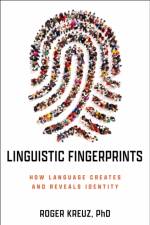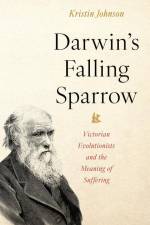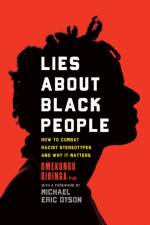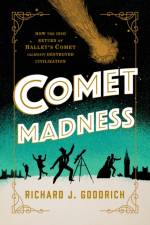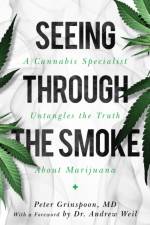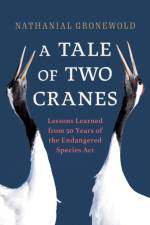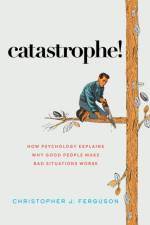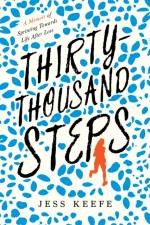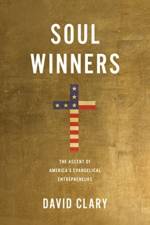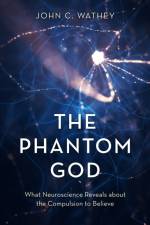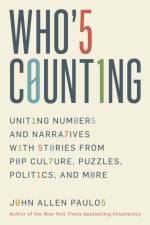av Lance A. Williams
281
In Chicago in mid-twentieth century amid the haze and smoke of urban renewal and the sounds of the wrecking balls and bulldozers, there lived two men, both street-savvy, one Black, one Irish, one young, one old and both leaders of their clans. Each ruled with an iron fist. Each embodied the fighting spirit of the turbulent 1960s. One was David Barksdale, the Black Disciples leader, a Black youth club that would give birth to America''s largest street gang; the other was Richard J. Daley, the legendary Mayor of the City of Chicago. He was one of the longest-serving, most prominent mayors in American history and the last of the big-city "bosses." Although the two never met, at least not face-to-face, their fates were linked by a time of change, an era of protest, which was a decisive moment of transformational power that was on the verge of a violent uprising in America''s second-largest city. This is a book that is as lively as its subject. A braided narrative of two larger than life people, it has the boldness to combine two oddly related 1960s stories into a single narrative that is both intimate and epic. One captures the unlikely story of a Negro boy whose share-cropping family migrated from rural Mississippi to Chicago, where he started a street gang that became the largest in America. The book''s other path follows America''s last big city "boss," whose persona is legendary and bigger than life. While historians, political pundits, and those who knew him speak of "Hizzonor" as being a proud, Irish-Catholic who was the long-time godfather of the Chicago Democratic Party and Mayor who saved Chicago from becoming another Detroit or Cleveland, they also acknowledge that he was a fierce segregationist. He had a contentious relationship with civil rights leaders like Dr. Martin Luther King, Jr. Richard Daley also played a significant role in the history of the United States Democratic Party.Williams an internationally recognized gang expert and interventionist, eloquently tells the story of these men, their clans, and their on-going struggle for power, status, and legacy. However unheard of and unimaginable, some of the incidents may seem, this is not a work of fiction. Everything written comes from archival documents, official reports, focus groups, in-depth interviews, or first-hand accounts. The action takes place mostly in Chicago''s Englewood neighborhood. Still, there are some occasions where the action takes place in Bronzeville, the Woodlawn community, on the West Side of the City and downtown.


